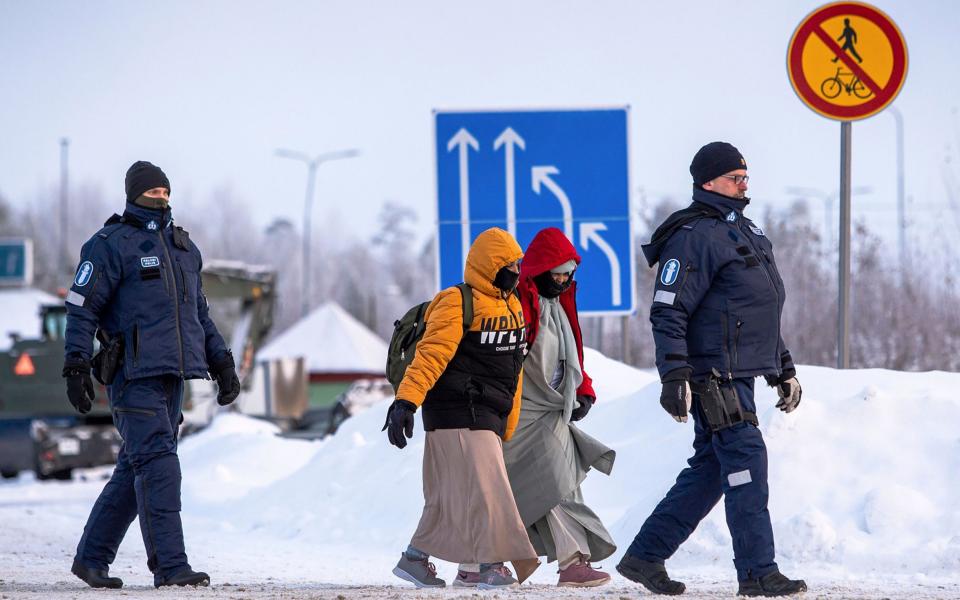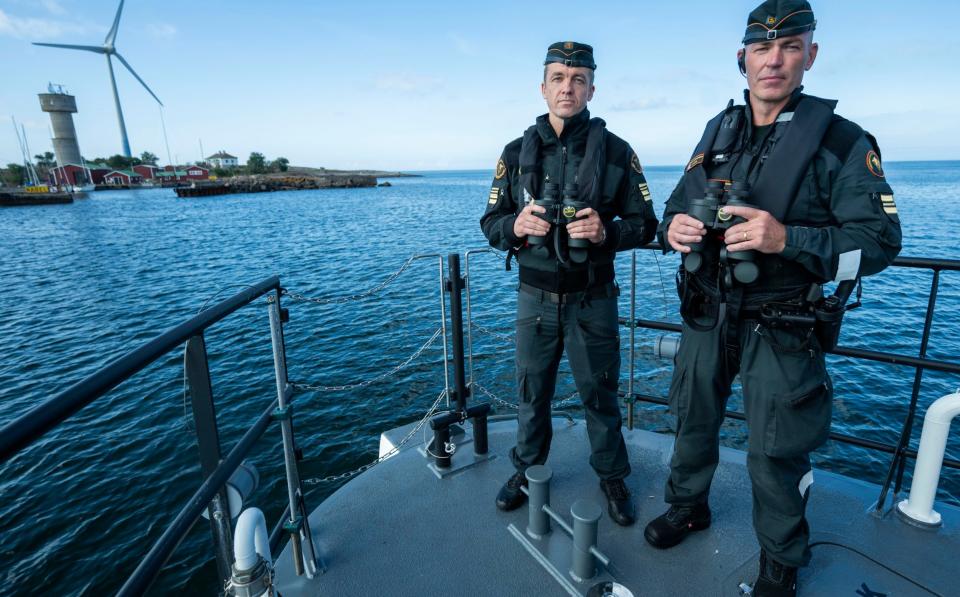Finland has defended a new law allowing migrants to be pushed back over its border with Russia.
The controversial law, passed over the summer, will allow Finnish border guards to force migrants and asylum seekers back into Russia – but only in limited cases where national security is at risk.
It was adopted in response to attempts by Moscow to send large numbers of people over the frontier in 2023, including some who may have been ordered by Russian security services to carry out sabotage attacks.
Amnesty International has warned that the new law grants a “green light to violence” at the Finland-Russia border, and has also argued that it is illegal under EU migration and human rights law.
Experts say the wider tension between Nato and Russia is forcing Finland to confront ethical dilemmas over how it can protect its own security interests without lowering itself to Russian techniques of destabilisation.


In an interview with The Telegraph in Helsinki, Elina Valtonen, the foreign minister, defended the law as a national security measure that would only be used against migrants who have been “weaponised” by Moscow.
“This has nothing to do with the normal asylum seeker process,” she said. “We as a sovereign nation can’t have a country which has declared itself hostile to us, as in Russia, to decide on our behalf which people enter our country.
“If the law were to be used it would only be with limited scope, which means there are always border crossings open in which you can seek asylum based on international treaties.
“The law is only designed to tackle hostile weaponising of people or the cynical use of people against us. In many cases if we did not have such a law in place, it could be that Russia could… for instance… empty a prison and send everybody over to Finland.”
The new law also reflects a larger moral maze than Finland has been navigating since it joined Nato in response to the Russia invasion of Ukraine in February 2022.
The Nordic state prides itself on being one of the world’s least corrupt countries, with a deep respect for a rules-based international order. But increased Russian aggression has forced Finland to seek new ways of defending itself.


Finland is wrestling with the threat of Russian sabotage attacks in the Baltic Sea, such as the recent Balticonnector incident in October last year, when the gas pipeline was ruptured.
The Finnish coast guard has also stepped up patrols around the strategically important Aland Islands, which are demilitarised under a Soviet-era security pact.
Some Finnish defence and intelligence forces have suggested it may be time to rearm the islands, which would probably require Helsinki unilaterally to withdraw from the agreement with Russia.
As for the new border rules, Finnish experts acknowledge that they risk creating a conflict between its national laws and overarching EU laws on migration and asylum seekers.
“The Russian objective here is to present this dilemma, to an extent make Finland choose between the immediate border security and the values and rules that are the basis of our state and society,” said Minna Alander, one of Finland’s top security experts, from the Finnish Institute of International Affairs.
“It can make Finland look bad and underline alleged Western hypocrisy, as well as cause costs, should Finland be sued by the EU. It would also result in a legal hassle if an EU court rules this law and the pushback procedure illegal.”
